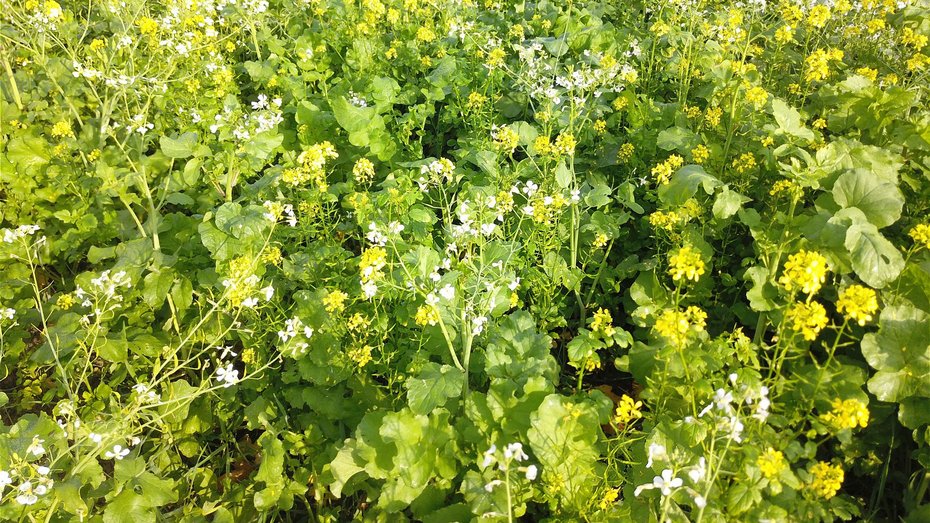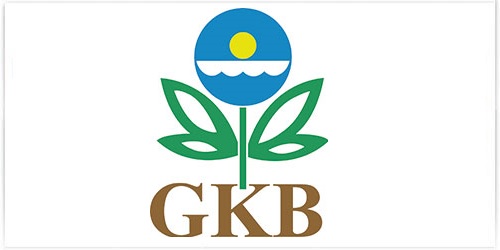
The Special is aimed at all potato growers who are interested in intercropping and greening before and after potato harvesting and who are looking for solutions to grow their potatoes CAP-compliant and still profitably.
Suitable types and varieties of intermediate crops and different varieties of incorporation are shown in trial fields (opposite the booth GC50). Furthermore, we show the furrow dikes with and without vegetation. The Society for Conservation Tillage (GKB - Gesellschaft für konservierende Bodenbearbeitung e.V.) supports us as a specialised partner.
![[Translate to Deutsch:] Foto: DLG [Translate to Deutsch:] Kartoffelfeld mit Zwischenfrüchten](/fileadmin/_processed_/6/c/csm_IMG_4556_web_37bdeac596.jpg)
Protecting the soil places high demands on the potato farmer, because the tuber wants to grow undisturbed and be harvested without damage. This often requires a great deal of soil preparation, which compromises the natural resilience of the soil and increases its vulnerability. Erosion, nutrient and water losses, and consequently reduced soil fertility can be the result.
This is where intercrops come in, as they provide a soil cover between the harvest of the previous crop and the planting of the potatoes and can therefore limit the above-mentioned risk potential. They can also be used specifically for biological plant protection (e.g. nematode trapping).
![[Translate to Deutsch:] Foto: Max Stadler [Translate to Deutsch:] Begrünte Querdämme](/fileadmin/_processed_/c/0/csm_begruente-Querdaemme_web_a7ac86fe4c.jpg)
Potato production is increasingly extending into hilly regions. Rainfall volumes there are around 700 to 850 mm, meaning that the risk of erosion is accordingly high. Furrow dykes without greening usually only withstand 1 to 2 showers and are then flattened and thus ineffective. Greened furrow dykes are able to hold out until full potato crop coverage is achieved and therefore represent the best protection against erosion. Winter barley sown for greening (40 – 60 kg/ha) has proved to be most resilient to metribuzin, far better than oats and spring barley. Before the potato rows close, a grass herbicide is normally needed to kill off the winter barley.
Stable furrow dykes significantly improve the soils’ water absorption capacity and therefore also stabilise yields. Water is also distributed more uniformly on the field, because it no longer accumulates in depressions. This not only impacts positively on navigability (no longer any wet areas on the field), but also on the occurrence of potato blight and therefore on storage stability as well. This means that furrow dykes help to reduce the risk even when there is no threat of erosion.

